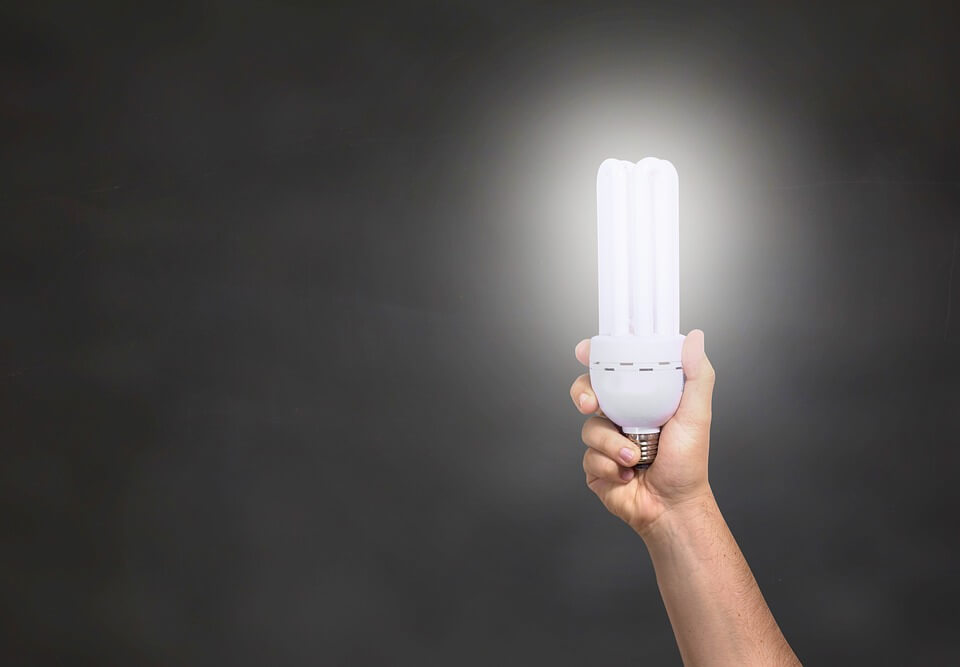What is LED Lighting and how can it save you energy?

What is LED lighting
LED stands for ‘light emitting diodes’. They are a modern form of lighting and have many other roles besides standard lighting, such as transmitting information from remote controls, creating the numbers on digital devices, illuminating traffic lights and are used in HD televisions to give a crisper picture. They are very different to a standard fluorescent light, a lot smaller and have many benefits.
The benefits of LED lighting
Energy saving
LED Lighting is hugely recommended due to the mass reduction in energy consumption. Compared to a standard fluorescent light bulb, an average LED light will last up to 25,000 hours compared to 8,500 hours. They also use 30% less energy than fluorescent lights, essentially saving you 30% on your electricity bills in regards to your lighting.
High quality
The light produced by LED products are significantly higher. To reach the same energy output in an LED it takes 3 fluorescent light bulbs, also emitting no UV light, which will prevent unwanted insects flying around the light source. They are also free from the dangerous chemical mercury, which is found in fluorescent lights and could potentially be poisonous if came in contact with skin.
Modern lighting
Unlike fluorescent lighting, LEDs can come in a variety of shapes and sizes to fit customers needs. For example, modern cars now have LEDs in their headlights. LED lighting strips are flexible, long strips of lights, which are often used for decoration and have a large variety of colours to fit your preference.
Where to find LED lights
As mentioned earlier, LED lights can come in all forms and sizes. It’s best to go to a reputable manufacturer for specific fitting needs and reliable product prices. Planetsaver offer a wide range of products and they have 35 years of LED engineering experience to support them.
The future of LED lighting
With the increase in demand for LEDs and the amount of investments being made towards them, it is predicted that prices could drop by 10% each year. The world of LED lights can help reduce enormous amounts of energy, which could potentially make the future greener and healthier.
There is also some excitement in what the future can bring, not just the replacement of fluorescents, but the new developments and opportunities being made. Some modern examples include LED light shows and fascinating designs in buildings.
If you want to know more about energy efficient lighting, then take a look at LED lighting vs Fluorescent lighting!
Back to blog



